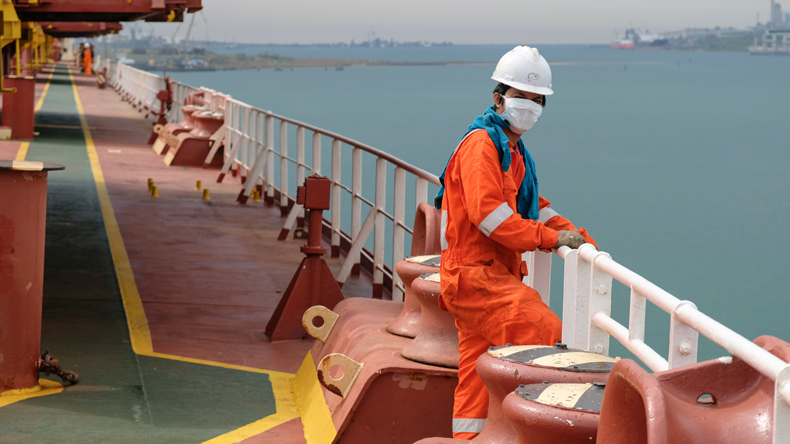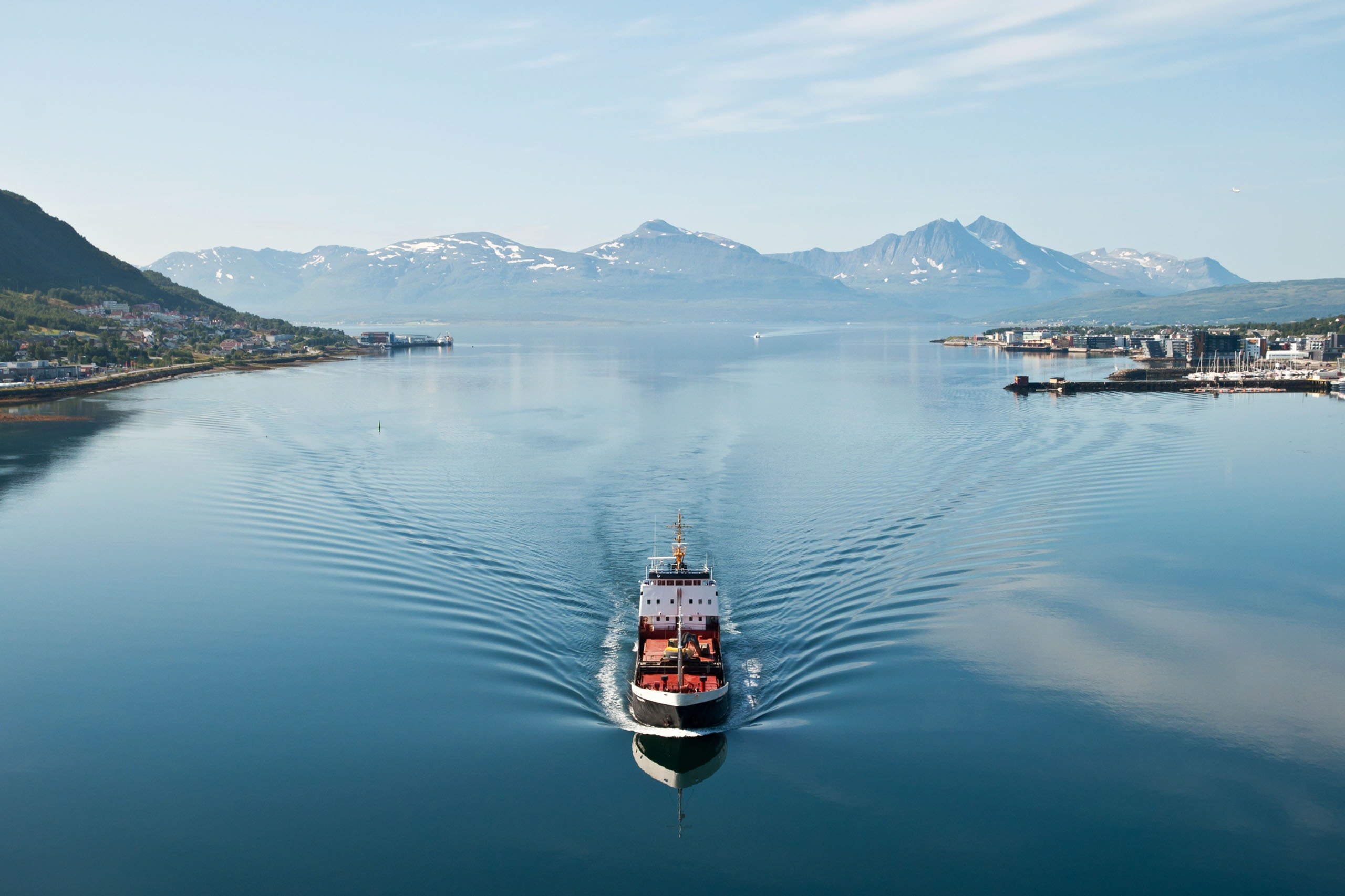
ブラジルでは今年2月中旬から5月中旬までの収穫期に、記録的な大豆の収穫量が予想されています。今回の記事では、輸送中に大豆の品質に影響を及ぼす可能性のある要因にスポットを当て、損害リスクを最小限に食い止める方法について議論します。
Forecasts predict that Brazil is poised to yield a record soybean crop during the forthcoming harvest season, mid-February to mid-May. This article highlights the multiple elements that can affect the quality of soybeans during their transportation and discusses possible mitigation methods.
Historically, the United States and Brazil are two of the world's largest producers and exporters of soybeans. Compared to US soybean shipments, the increased number of claims and problems with cargo deterioration in Brazilian soybean shipments is mainly due to the differences between the US and Brazilian agricultural systems. The US has a well-established transport infrastructure, which minimises problems with soybean transport.
However in Brazil, the transport infrastructure has not kept pace with the rapid expansion of farming regions, leading to longer delays, congestion during bad weather, and extended transportation time for barged soybeans. Additionally, different standards between Brazil and China can create confusion when determining if a cargo has deteriorated, adding to the difficulty in handling claims.
The main types of cargo damage in the Brazil-China trade include mould and self-heating, wet damage and heat damage due to hot surfaces such as fuel tanks and engine rooms. While other types of damage exist, these three are the main focus of this article. As per the Club's experience, heat damage can sometimes occur on board the vessel, while mould, self-heating, and wet damage are often a characteristic of the cargo.
Soybeans, which have a high oil content, are prone to self-heating under certain conditions. When moisture and temperature levels are optimal, mould can grow and raise the temperature of the beans. This results in the breakdown of the oil, causing further self-heating and deterioration.
The self-heating process of soybeans often starts during the journey of the soybean from the farmlands. It can be aggravated by various factors, such as exposure to rain, leaky barges, or insufficient drying. If the moisture content and temperature are suitable for mould growth, mould will start to form, and the oil in the beans will begin to break down. This results in a colour change, starting with a creamy yellow and gradually becoming darker as the deterioration progresses. Even if there is some discolouration, the beans may still be usable for processing. However, when the oil has completely broken down, and the beans become charcoal black, they become a problem for processing and are no longer suitable.
Mould and Self-Heating
Preventing issues related to mould and self-heating in cargo transportation can be achieved by monitoring moisture levels and temperatures throughout the loading process. This can be ensured by requesting laboratory results that specifically indicate moisture content. Although this may not be feasible in all cases, the vessel should still ask for this and document when the laboratory results are not provided. It is also recommended to have a local surveyor take temperatures at regular intervals during the loading and, if possible, take in-situ moisture measurements of representative samples. These measurements can provide an indication of the temperature and moisture levels of the cargo at loading, providing valuable evidence in the event of a claim later on. Additionally, maintaining accurate records of the loading process, the colour of the beans, and the loading methods, including photographs, can provide necessary evidence in the event of a claim.
During the voyage, condensation can cause mould growth in the stored soybeans. This often occurs when warm cargo is transported through cooler climates, causing warm air from the cargo to rise and condense onto the cold steel plates of the cargo hold. Often this results in a classic grid pattern of moisture and mould growth on top of the cargo. However, it's important to note that such mould growth is often only limited to the surface layer, extending up to about 10 centimetres from the surface. Proper ventilation practices and communication with the receiver can help prevent misunderstandings and ensure that the rest of the cargo can still be used for its intended purpose, provided there are no other self-heating issues in the storage.
The combined effect of self-heating within the cargo and the potential condensation damage highlights the importance of proper ventilation practices and monitoring during the voyage to prevent such issues. The UK P&I Club's Loss Prevention department stresses the importance of following the three-degree rule for ventilation of hygroscopic cargoes such as soybeans. It is easier and more effective for the crew to follow.
Ventilation records play an important role in defending wet damage and self-heating claims. These records should also include the periods of time when ventilating was undertaken for each hold and any reasons for not ventilating, such as weather conditions, fog or rain. Writing down the reasons for ventilating makes it easier to review the ventilation records and also defend a claim.
Ventilation at night is a debated topic when it comes to preventing wet damage and self-heating cargoes. Ventilating at night might not be safe, as it would require crew members to go out on deck. On the other hand, it is crucial to keep the cargo temperature within safe limits to prevent wet damage and self-heating. In such cases, it is recommended to have a weather forecast record and assess the conditions before deciding whether to ventilate or not. If the weather is expected to get worse or if it starts raining, it is safer not to ventilate. It is also essential to keep records of the ventilation decisions and the reasons behind them, such as the weather conditions, to provide evidence in case of any disputes later.
In a situation where ventilation is restricted by fumigation for the entire voyage, it can be divisive issue, and so it's important to follow the instructions from the fumigation company. However, if there are contradictions with the ventilation requirements, it's advisable to get the instructions in writing from the charterers, who are usually responsible for organising the fumigation. This can help to avoid problems later on and provide evidence if needed.
Wet Damage
Proper maintenance of hatch covers is essential in preventing wet damage to soybeans during transportation. Leaking hatch covers can allow water to enter the cargo hold, leading to mould growth that can negatively impact the quality of the soybeans. This often results in localised damage, with the affected portion turning black from moulding and heating. However, such localised damage can be easily remedied through hand segregation or a grab without affecting the rest of the cargo. To ensure smoother claims handling, keeping records of hatch cover testing using methods such as water hose and ultrasonic tests is crucial. Additionally, maintaining robust preventative maintenance system (PMS) documents detailing completed maintenance and inspection, as well as periodic service and manufacturer inspections, can significantly aid in handling claims.
Heat Damage
Proximity to hot surfaces such as fuel tanks can also initiate self-heating through the transfer of heat to the beans. After that, moisture migration from warm to cool areas can also lead to mould growth. To prevent these issues, it is essential to minimise heat exposure by monitoring heat sources and keeping them to a minimum.
With the advent of VLSFO fuels, fuel tanks often need to be heated above the cloud point temperatures. Sometimes the fuel pour point is also very high, requiring higher heating temperatures. In the event that the fuel stowage becomes unmanageable due to increased heating demands potentially damaging a particular batch, it is advisable to have written correspondence with the charterers, who are typically responsible for the fuel supply. Proper fuel management on board ships, including adequate maintenance for fuel tank heating systems, can prevent heat damage in cargo. Many ships do not have automated temperature controls for fuel tanks; if not monitored diligently, the fuel temperatures can shoot up very fast.
Keeping maintenance records for the fuel heating system, including components such as steam traps, valves, and gauges, is important. Detailed temperature records for each tank should also be documented, along with job descriptions that include information about the tasks performed, their duration, and any observations made. These records serve as valuable evidence.
The UK Club has previously created several resources, including publications and educational videos, on the transportation of soybean cargoes, which are accessible by clicking the links below.





